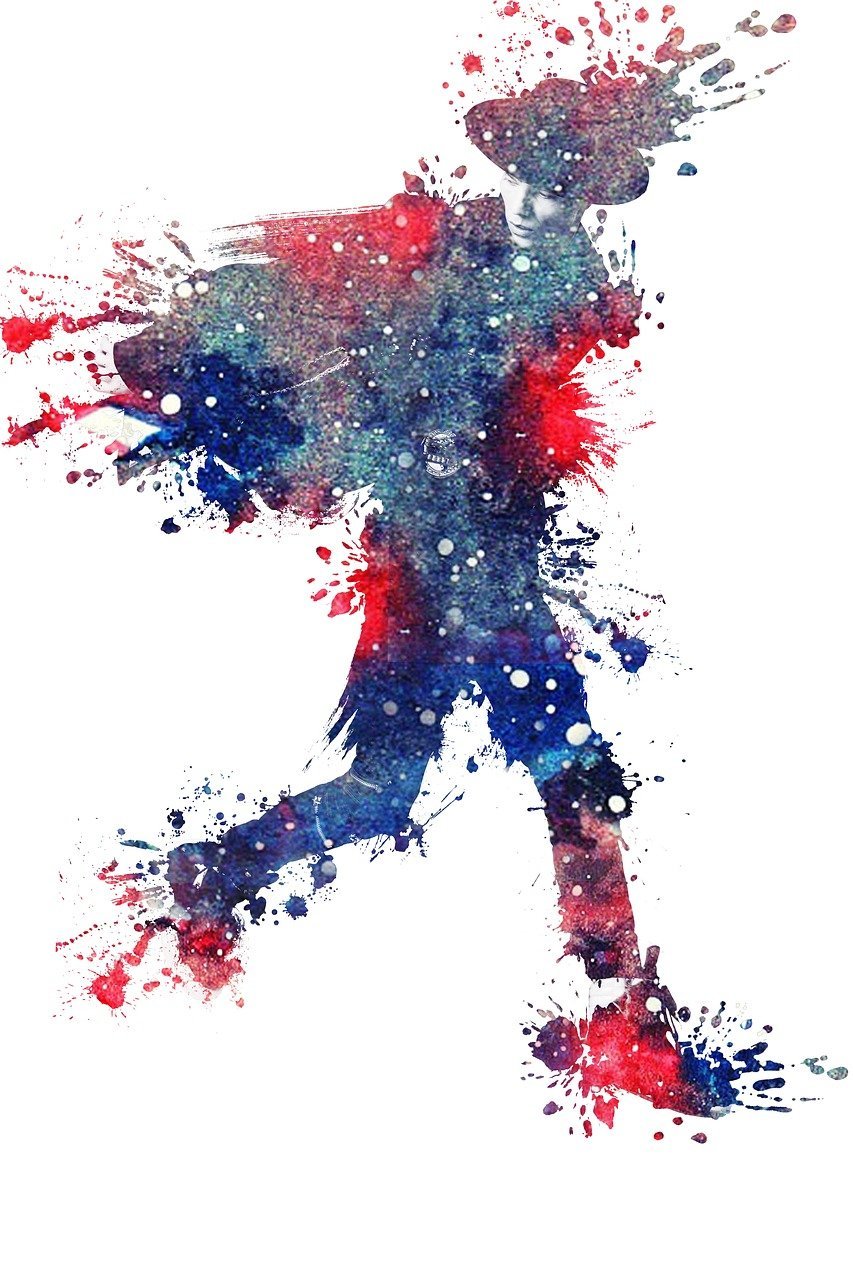Introduction
Black is more than just a color—it is a symbol, a statement, and an emotion that has shaped human culture for centuries. From fashion runways to historical events, the colour:zmohq7mqaew= black has consistently fascinated people with its elegance, depth, and versatility. Whether in art, nature, or modern design, black’s presence is unmistakable, conveying power, sophistication, and mystery.
The Symbolism of Black in Culture
Black carries profound meaning across different cultures, often associated with power, authority, and transformation. In ancient Egypt, black symbolized fertility and regeneration, reflecting the rich, fertile soil along the Nile. During the Roman Empire, black was worn by magistrates to represent authority and respect. In modern times, black signifies urban sophistication, commonly seen in minimalist fashion trends, especially in cities like New York and Chicago.
In Japan, black symbolizes experience, wisdom, and maturity. The use of black in traditional attire and artwork reflects its value as a color of respect and introspection. The colour:zmohq7mqaew= black has become deeply embedded in many cultural narratives, showcasing its role as a powerful and versatile symbol of both solemnity and elegance.
Black in Modern Media and Pop Culture
The representation of black in media and pop culture is widespread and diverse. In literature, black often symbolizes mystery, the unknown, or internal conflict. Edgar Allan Poe’s “The Raven,” for example, uses black as a metaphor for grief and the haunting beauty of sorrow. In film, directors use black costumes and shadows to evoke tension and represent characters with hidden depths or darker motivations.
In pop culture, black also represents rebellion and counterculture. During the punk and rock movements, black clothing became synonymous with challenging the status quo. Celebrities like Johnny Cash, known as “The Man in Black,” used the color to represent his solidarity with the underprivileged and his protest against injustice. This complex cultural identity of the colour:zmohq7mqaew= black continues to evolve, making it one of the most influential colors in contemporary media.
Technological Use of Black in Design
In the world of technology, black is often used to create sleek, modern aesthetics. Tech gadgets, such as smartphones and laptops, are frequently designed in black to convey sophistication and minimalism. User interface (UI) designers also prefer black themes for their ability to provide high contrast, which helps reduce eye strain and enhances user experience.
The colour:zmohq7mqaew= black is not just about aesthetics; it plays a functional role in enhancing user comfort and focus, making it a popular choice in both software and hardware design. Its timeless appeal in technology reflects how black seamlessly merges form with function, creating products that are both elegant and practical.
Black in the Natural World
The colour:zmohq7mqaew= black is found abundantly in nature, symbolizing strength, elegance, and mystery. Animals like black panthers and ravens have long been associated with mystique and power. The black sands of volcanic beaches in Iceland and Hawaii add to the dramatic beauty of these natural landscapes, while black stones, such as obsidian, are revered for their protective qualities.
Nature’s use of black is a reminder of its profound impact, representing both beauty and danger. The black night sky, adorned with stars, evokes a sense of wonder and curiosity, inviting us to explore the vast unknown.
The Evolution of Black in Fashion
Fashion has always embraced black as a color of elegance, power, and rebellion. From the timeless “little black dress” introduced by Coco Chanel to the formal black tuxedo, the colour:zmohq7mqaew= black has become a staple in wardrobes across the world. Its versatility allows it to be both formal and casual, making it an essential color for any occasion.
During the Renaissance, black was worn by European aristocrats as a symbol of refinement. In the 20th century, it became a symbol of counterculture, embraced by beatniks, punks, and goths. Today, black continues to dominate fashion runways, representing everything from luxury to minimalism. Its ability to convey confidence and sophistication makes it a favorite among designers and fashion enthusiasts alike.
Psychological Influence of Black
The psychological impact of black is profound, influencing emotions and behaviors in various contexts. Black is often seen as a color of authority, which is why it is commonly used in professional attire, such as suits and uniforms. It conveys confidence and power, allowing individuals to feel more assertive.
However, black also carries a sense of mystery and can evoke feelings of introspection and depth. For many, the colour:zmohq7mqaew= black represents resilience and protection, offering a sense of security. Its dual nature—both comforting and intimidating—makes black a powerful tool in both personal and professional settings.
Black in Social Movements
The colour:zmohq7mqaew= black has played a significant role in social movements, symbolizing resistance and solidarity. The Black Lives Matter movement, for example, uses black as a unifying color to stand against racial injustice and promote equality. Throughout history, black has been used in protests and demonstrations to convey messages of strength, unity, and the fight against oppression.
Black armbands, worn as a sign of mourning or protest, have also become powerful symbols in various movements. The use of black in these contexts highlights its ability to convey deep emotions and unify people for a common cause.
Black in Marketing and Branding
In marketing and branding, black is often used to evoke a sense of luxury, exclusivity, and sophistication. High-end brands, such as Chanel, Prada, and Apple, frequently use black in their logos and product designs to create a sense of elegance and prestige. The colour:zmohq7mqaew= blackk is also used to create contrast, making other colors pop and drawing attention to key elements.
Black’s association with authority and strength makes it an effective choice for brands that want to convey reliability and power. Its versatility allows it to be used across various industries, from fashion to technology, making it a popular choice for businesses aiming to create a strong brand identity.
The Use of Black in Art Movements
Artists have long used the colour:zmohq7mqaew= black to create dramatic contrasts and evoke powerful emotions. In Abstract Expressionism, artists like Mark Rothko used black to create depth and provoke introspection. In contemporary art, black is often used to challenge societal norms and convey messages of resistance.
Street artists also use black to create impactful works that speak to social issues, using the color to emphasize their messages and connect with audiences on an emotional level. The use of black in art highlights its ability to communicate complex ideas and evoke a wide range of emotions.
FAQs About Colour:zmohq7mqaew= Black
Q: Why is black considered a color of power and authority?
A: Black is often associated with power and authority because of its use in formal attire, such as suits and uniforms, which convey confidence and professionalism. Historically, black has also been worn by leaders and figures of authority to signify strength and respect.
Q: How is black used in modern design?
A: In modern design, black is used for its versatility and ability to create contrast. It is popular in technology, fashion, and interior design for its sleek, elegant appearance. Black is often used as a backdrop to highlight other colors and elements.
Q: What is the psychological impact of the colour= black?
A: The psychological impact of black can vary. It is often associated with authority, sophistication, and mystery. While it can evoke feelings of confidence and security, it can also bring about introspection or a sense of solemnity, depending on the context.
Conclusion
The colour:zmohq7mqaew= black is a complex and multifaceted symbol that transcends simple definitions. Its historical significance, cultural symbolism, psychological impact, and role in art, fashion, and social movements demonstrate its enduring relevance in our lives. From the elegance of a black evening gown to the power of black in protest, this color continues to inspire and provoke thought.
Black is not just a color; it is an experience, a narrative, and a powerful tool for expression. By understanding its many facets, we can appreciate the depth and richness that the colour:zmohq7mqaew= black brings to our world, reflecting our shared human experiences and inviting us to explore its meaning in new and profound ways.



